How to Prepare for IEP Meetings When Seeking ABA Therapy Support
Navigating the IEP Process with Confidence: A Parent's Guide


Introduction
For parents of children with Autism Spectrum Disorder (ASD), Individualized Education Program (IEP) meetings can be both overwhelming and crucial for securing essential supports such as Applied Behavior Analysis (ABA) therapy. Understanding how to prepare, what to expect, and how to advocate effectively during these meetings is pivotal to ensuring your child's educational and developmental needs are met. This article provides a comprehensive guide to navigating IEP meetings when seeking ABA therapy support, detailing preparation strategies, key participants, and the role of BCBAs in formulating a robust IEP.
Understanding IEP and Its Role in ABA Therapy
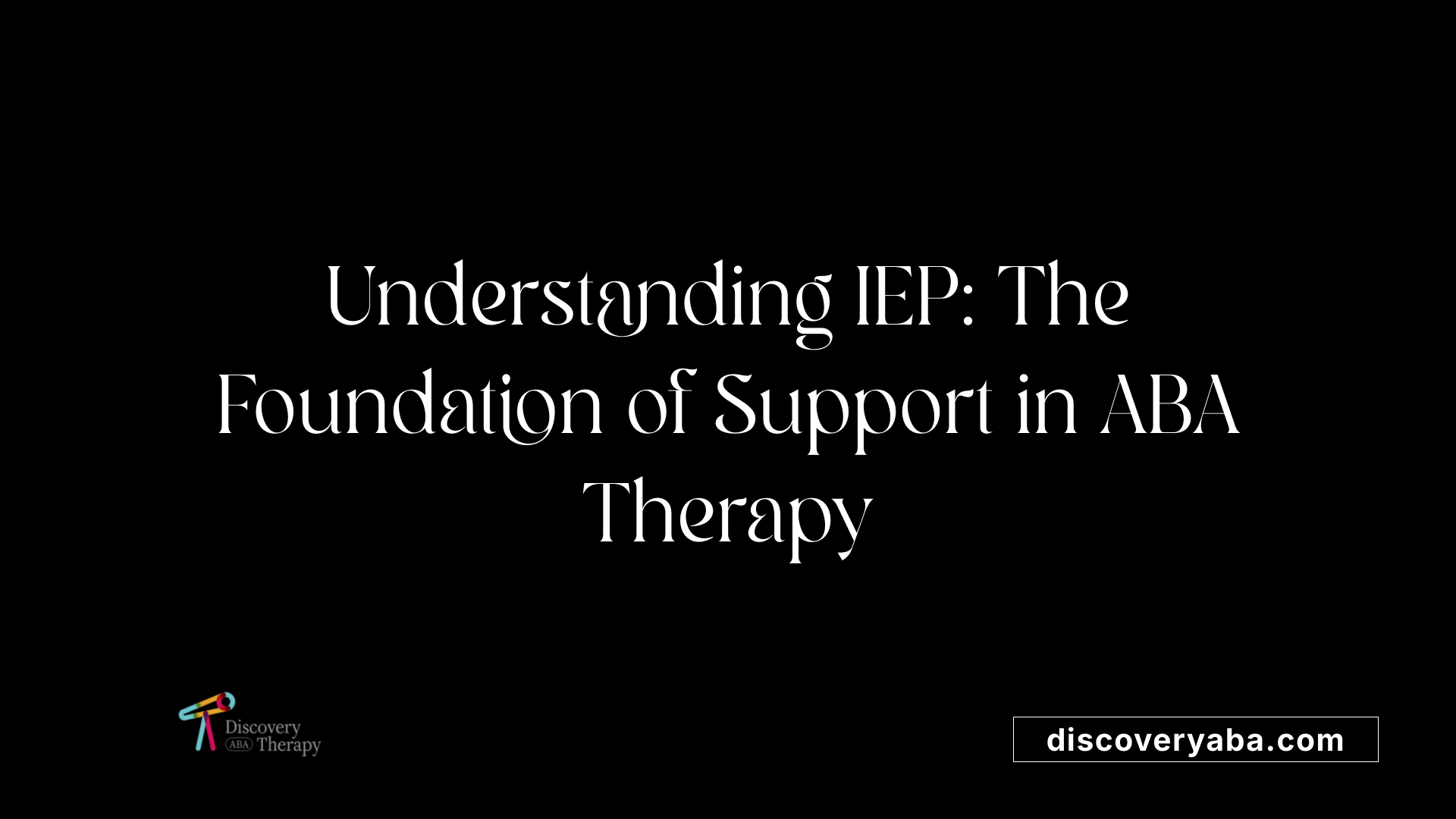
What is an IEP in ABA therapy?
An IEP, or Individualized Education Program, in ABA therapy is a tailored educational plan designed to support the unique needs of children with autism. This plan is mandated by the Individuals with Disabilities Education Act (IDEA), ensuring that children receive a free and appropriate public education.
The development of an IEP involves a collaborative team, including:
- Special education teachers
- Speech therapists
- Psychologists
- Parents and guardians
This multidisciplinary team assesses the child's needs through comprehensive evaluations, ensuring that the IEP reflects the specific challenges and strengths the child possesses. An effective IEP incorporates evidence-based practices and sets specific, measurable objectives, often framed within the SMART criteria—Specific, Measurable, Achievable, Relevant, and Time-bound. This structure helps track the child's progress over time.
Importance of special education law (IDEA)
The Individuals with Disabilities Education Act (IDEA) provides the legal framework that underpins the creation and implementation of IEPs. IDEA is crucial for several reasons:
- It mandates tailored educational plans for students with disabilities, including those needing ABA therapy.
- It outlines the rights of parents to be involved in the IEP process, advocating for their child’s needs and services.
- The law ensures that schools provide necessary resources and accommodations for students to succeed academically and socially.
Through IDEA, parents can collaborate effectively with educators, ensuring their children's needs are recognized and met within the educational setting. The ongoing involvement of parents, along with insights from Board Certified Behavior Analysts (BCBAs), enhances the effectiveness of ABA therapy and the overall educational journey for children with autism.
Preparation Strategies for Parents
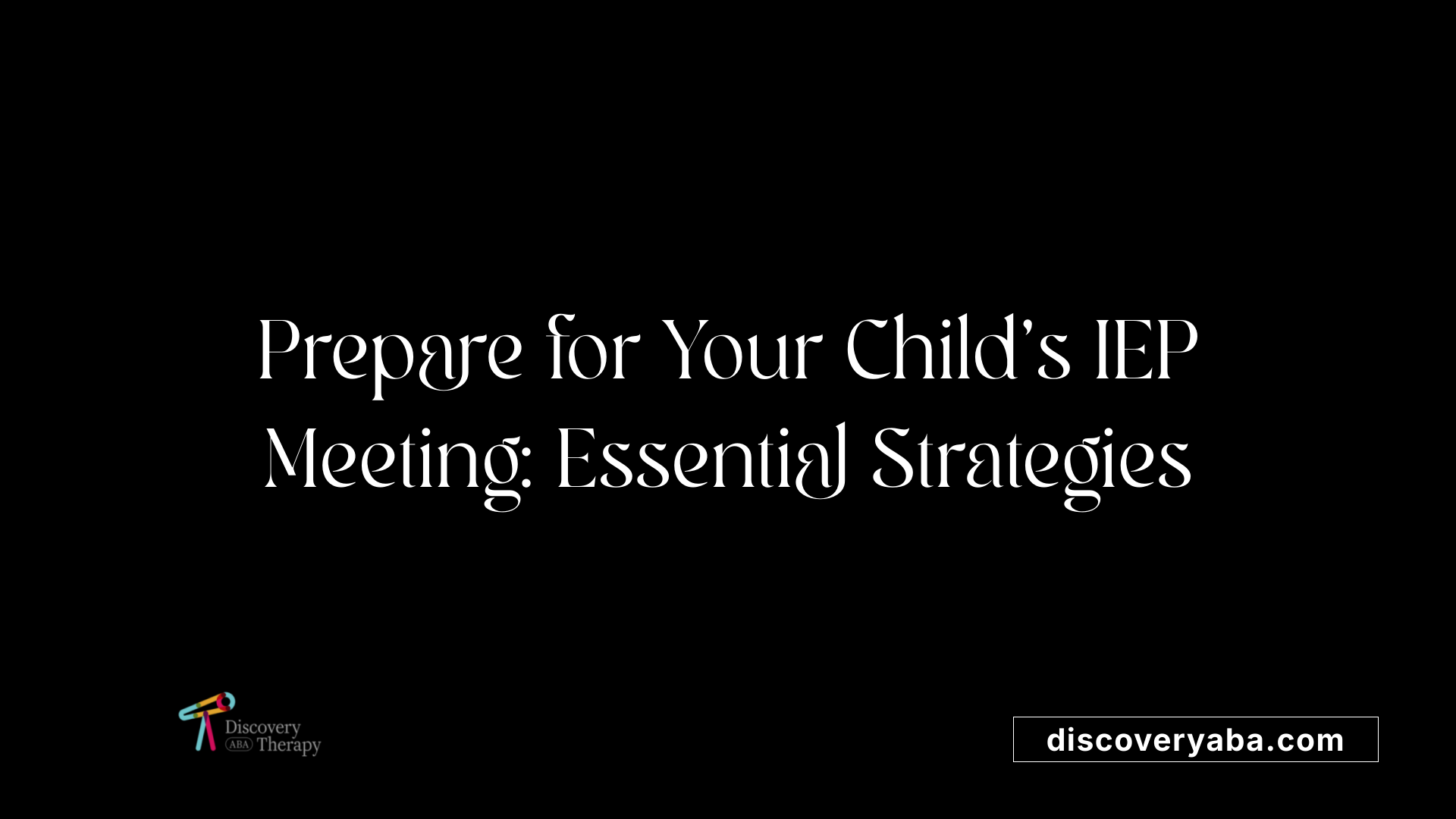
How should a parent prepare for an IEP meeting?
Preparing for an IEP meeting is essential to ensuring that your child receives the support they need. Parents should start by understanding the purpose of the meeting, whether it’s an initial meeting or an annual review. Collaborating with their child and educators can help identify strengths and areas that require support.
Steps for IEP meeting preparation
- Gather Relevant Documents: Compile current IEPs, evaluation reports, and data on your child's progress. This forms a solid foundation for discussions.
- Create a Parent Input Letter: Draft a letter detailing your concerns and recommendations for goals. Send this to the IEP team before the meeting and bring printed copies.
- List Questions and Concerns: Write down specific questions and points of discussion to focus on during the meeting.
- Consider Recording the Meeting: If allowed, taping the session can ensure that you capture all details accurately for future reference.
Importance of reviewing previous IEPs
Reviewing previous IEPs allows parents to track their child’s progress and assess whether current goals remain relevant. Familiarity with past targets helps inform discussions about future needs and can highlight areas where additional support is necessary.
Parental rights and involvement
Parents have specific rights under the Individuals with Disabilities Education Act (IDEA), including the right to participate in developing their child’s IEP. Actively engaging in the meeting ensures that your child's needs remain at the forefront, facilitating a collaborative environment for effective decision-making. Post-meeting, maintaining communication with educators aids in the smooth implementation of the IEP.
The Essential Role of BCBAs in the IEP Process
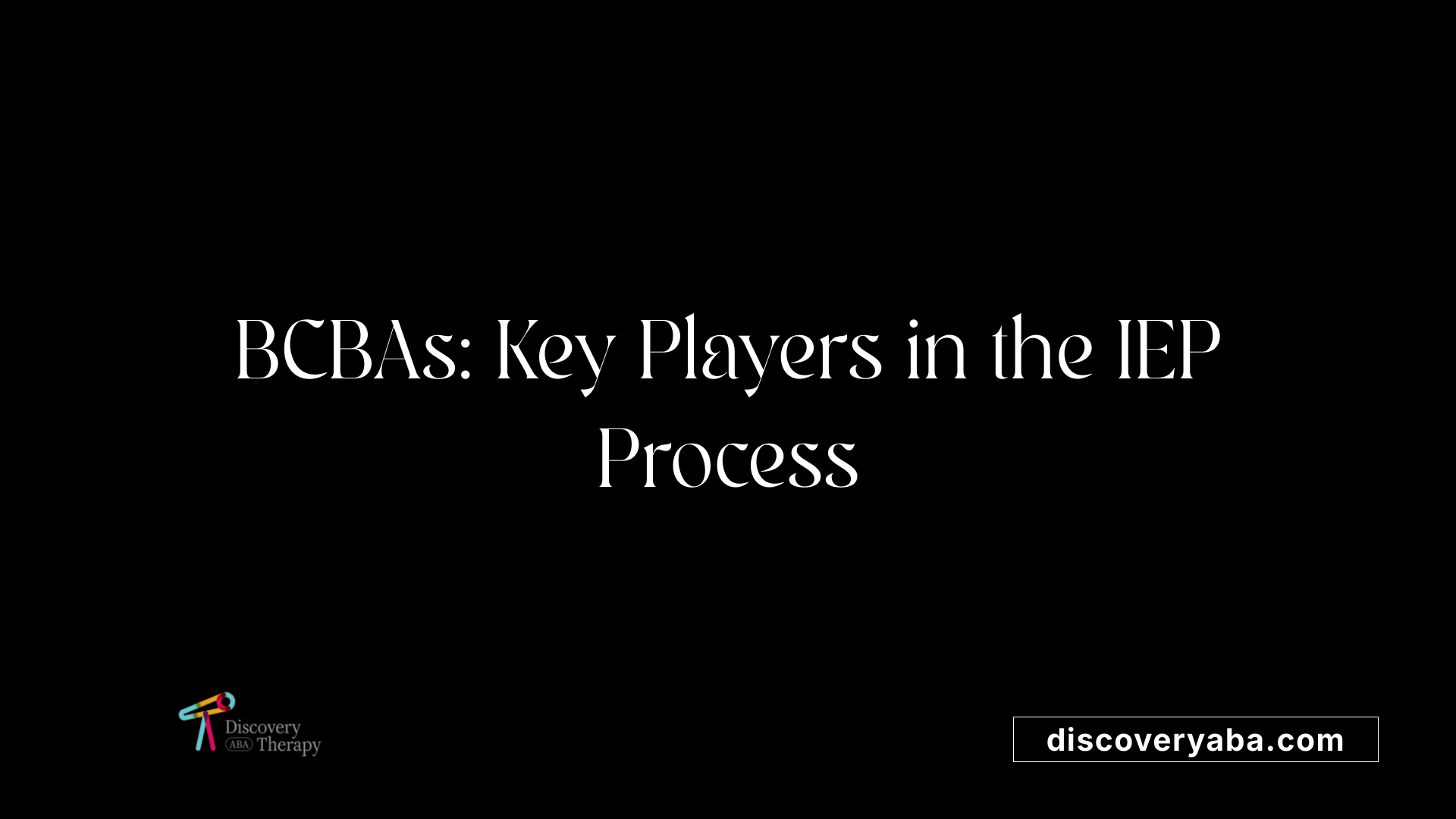
Function of BCBAs in IEP meetings
A Board Certified Behavior Analyst (BCBA) plays a vital role in the Individualized Education Program (IEP) process, particularly through their expertise in behavioral analysis. They provide insights derived from behavioral evaluations during IEP meetings, which can significantly influence the drafting of effective IEPs. Their recommendations often include tailored evidence-based interventions designed to meet the unique needs of each child.
BCBAs are not only experts in analyzing children's behavior but also in fostering collaboration among various stakeholders, including parents and school staff. Their involvement is critical in ensuring that educational strategies are aligned with each child's goals.
Setting measurable goals
A key function of BCBAs is assisting in the establishment of SMART (Specific, Measurable, Achievable, Relevant, Time-bound) goals within the IEP. These clear, measurable targets help track a child's progress objectively. For instance, incorporating precise metrics, like the percentage of accuracy in tasks, allows for a comprehensive assessment of the child's growth over time.
Collaborating with educators
Collaboration extends beyond the IEP meeting; BCBAs support educators by providing training and resources to handle challenging behaviors effectively. This ongoing partnership fosters an environment of open communication, ensuring that the strategies implemented are successful and beneficial for the child’s educational experience. By integrating holistic approaches that consider both school and non-school factors, BCBAs enhance overall educational outcomes for children.
Advocacy in Action: Effective Communication During IEP Meetings
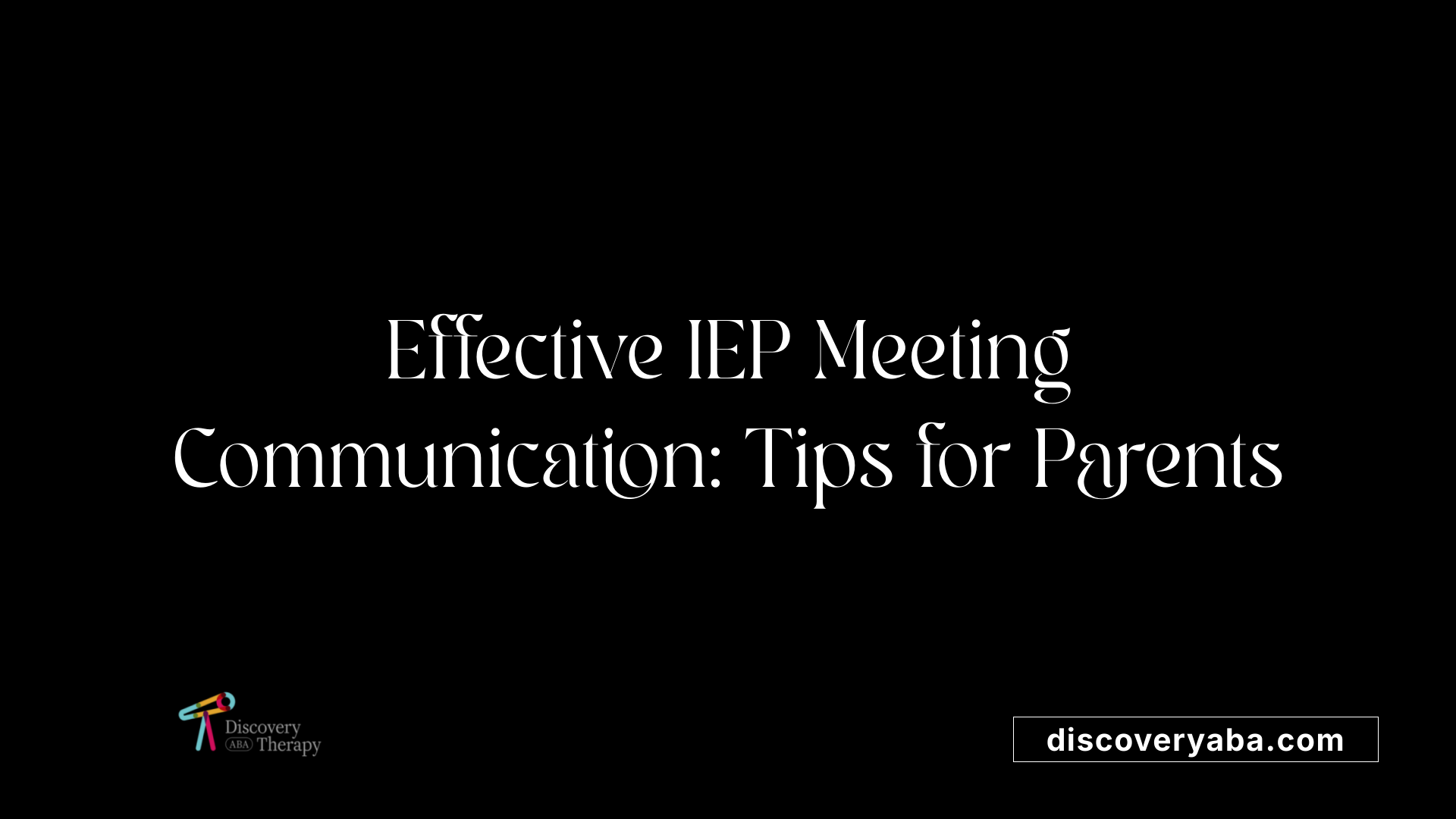
Positive communication strategies
Effective communication is vital during IEP meetings to ensure that the needs of the child are prioritized. Parents should actively share their insights and advocate for specific interventions, such as ABA therapy. Maintaining a constructive tone and being receptive to feedback fosters collaboration between educators and parents.
Bringing a Parent Input Letter outlining goals and concerns helps clarify parental expectations prior to discussions. This document provides a framework for the meeting and ensures that parental perspectives are not overlooked.
Common pitfalls to avoid
Parents should avoid phrases that diminish the child’s unique needs. Statements like:
- "This is what we do for every student"
- "Let’s discuss that some other time"
- "We can’t afford that equipment"
These can undermine the individualized approach required by law and hinder open dialogue. It's essential not to dismiss discussions regarding necessary supports by referencing budgetary constraints.
Ensuring parental input is recognized
During the meeting, parents must ensure their contributions are acknowledged. Asking clarifying questions helps eliminate jargon and enhances understanding. For instance, parents might inquire about references to behavioral assessments or the specific goals set for their child. Following up with an email summarizing agreements within 48 hours reinforces the importance of documentation and keeps the lines of communication open, aligning all team members toward common objectives.
After the Meeting: Ensuring Accountability and Ongoing Collaboration
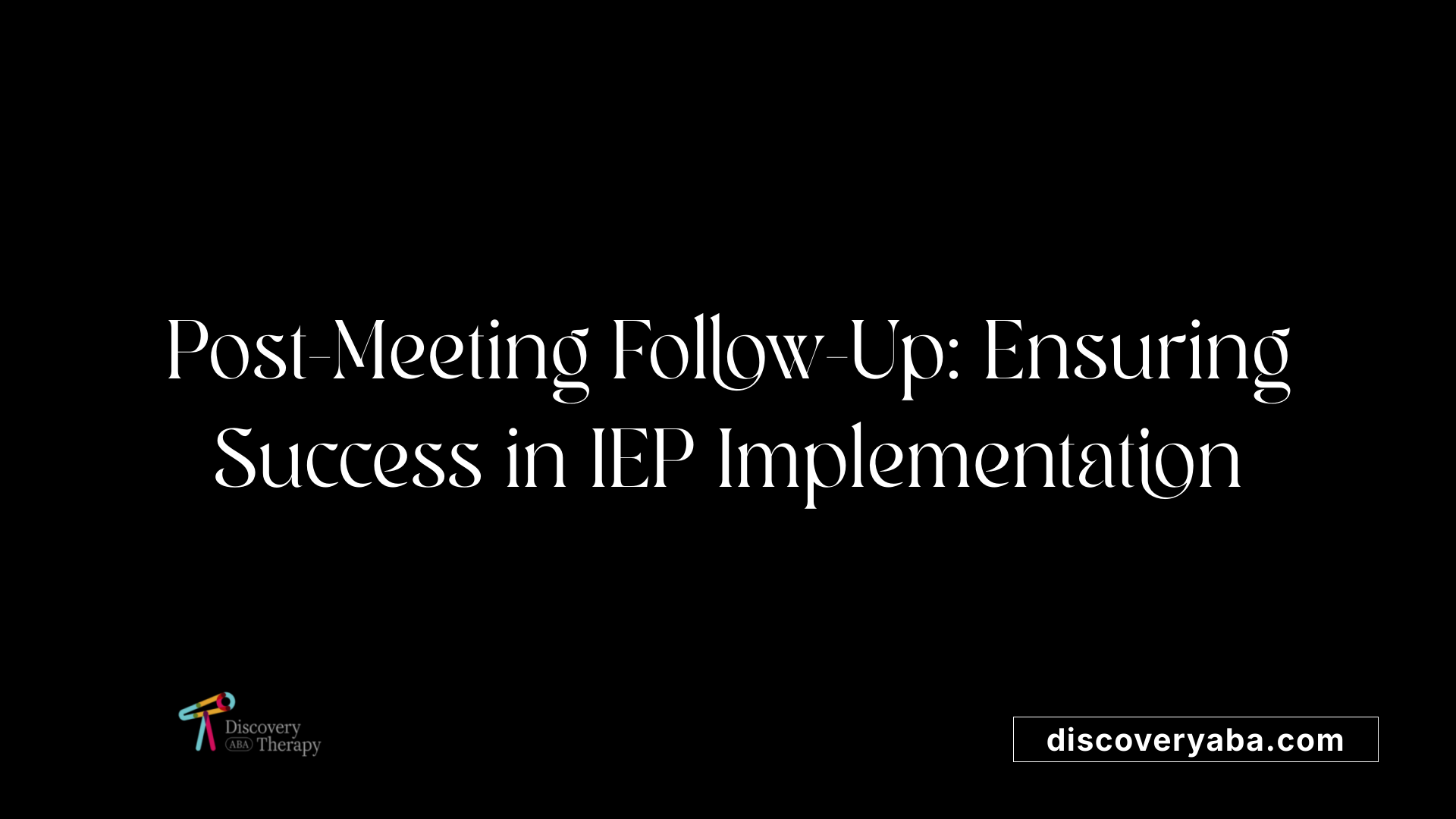
Post-meeting follow-up
Following an IEP meeting, it is crucial for parents to send a follow-up email to all team members within 48 hours. This email should reiterate the key points discussed and agreements made during the meeting. Documenting these communications helps maintain clarity and accountability among all participants, ensuring that everyone is aligned on the child’s goals and services.
Importance of communication systems
Incorporating a communication system into your child's IEP can streamline updates and track service schedules. These systems act as a bridge for sharing critical information about the child’s progress and any support needed. Frequent and organized communication fosters a collaborative environment that enhances educational outcomes for the child.
Monitoring implementation of IEP services
Monitoring the implementation of IEP services is essential for measuring progress. Parents and teachers should continuously review data reports reflecting the child's achievements against established goals. This ongoing assessment helps to determine if interventions are effective and whether adjustments are necessary. By staying actively involved, families can ensure appropriate services are being rendered and advocate for changes if progress isn't being made.
Conclusion
Navigating the complex terrain of IEP meetings can be daunting, but with thorough preparation and a clear understanding of your rights and resources, you can effectively advocate for your child’s needs. By involving BCBAs in the process, setting specific and measurable goals, and cultivating a collaborative relationship with the school team, parents can ensure that their child receives the necessary support to thrive educationally. Remember, your involvement doesn’t end with the meeting—ongoing communication and monitoring are vital to the successful implementation of your child’s IEP.
References
- How Your BCBA Can Participate in Your Child's IEP Meeting
- Preparing for the Initial IEP Meeting | Autism Speaks
- How to Prepare for a Client's IEP Meeting - A Guide for Therapists
- What to Expect When You Are Expecting an IEP Meeting
- Preparing for Your First IEP Meeting - Dr. Mary Barbera
- 8 Step to Better IEP Meetings: Play Hearts, Not Poker
- Unit 17: ABA for School Readiness: Parent's Guide to IEP - AutismCOE
- IEP Meetings: The Ultimate Guide to Surviving and Thriving (with ...
- Special Education: IEP Tips - The Autism Community in Action
- Individualized Education Programs (IEPs) for Autism ...
Find More Articles

How to Find the Best ABA Therapy Provider for Your Child

How to Create a Reward System That Motivates Your Child in ABA Therapy

The Role of ABA Therapy in Preparing Children for Independent Living

How ABA Therapy Teaches Communication and Social Skills

How School-Based ABA Services Help Students with Autism Thrive

How ABA Therapy Helps Develop Patience and Waiting Skills

How to Support Your Child’s Social Interactions Using ABA Techniques

How ABA Therapy Addresses Anxiety and Fear Responses in Children

The Role of Play-Based ABA Therapy in Skill Development

How ABA Therapy Helps Build Confidence in Children with Autism

The Benefits of Center-Based ABA Therapy for School Readiness

The Role of ABA Therapy in Building Emotional Intelligence

How to Use Differential Reinforcement in ABA Therapy

Exploring Different ABA Techniques and Strategies

How to Use ABA Therapy to Develop Resilience and Coping Mechanisms

How to Work with ABA Therapists to Set Realistic and Achievable Goals

How to Recognize Burnout in ABA Providers and Address It

The Connection Between ABA Therapy and Improved Social Skills

How ABA Therapy Helps Address Aggressive Behaviors
.jpeg)
Does Processed Food Cause Autism?

The Benefits of ABA Therapy for Adolescents with Autism

How to Reinforce ABA Strategies at Home for Consistent Progress

How to Create a Positive Learning Environment at Home with ABA

Autism And Dementia: The Connection and Differences

How ABA Therapy Supports a Lifetime of Learning and Growth

The Role of Functional Behavior Assessments in ABA

How ABA Therapy Helps with Anger Management Skills

How to Address Food Selectivity Using ABA Techniques

How ABA Therapy Supports a Smooth Transition to Middle and High School

How to Address Perseveration in ABA Therapy

The Role of Social Reinforcers in Motivating Positive Behavior

How to Navigate the Transition from ABA Therapy to School Support Services

How to Address Overstimulation and Meltdowns Using ABA Techniques

ABA for Anxiety in Adolescents with Autism
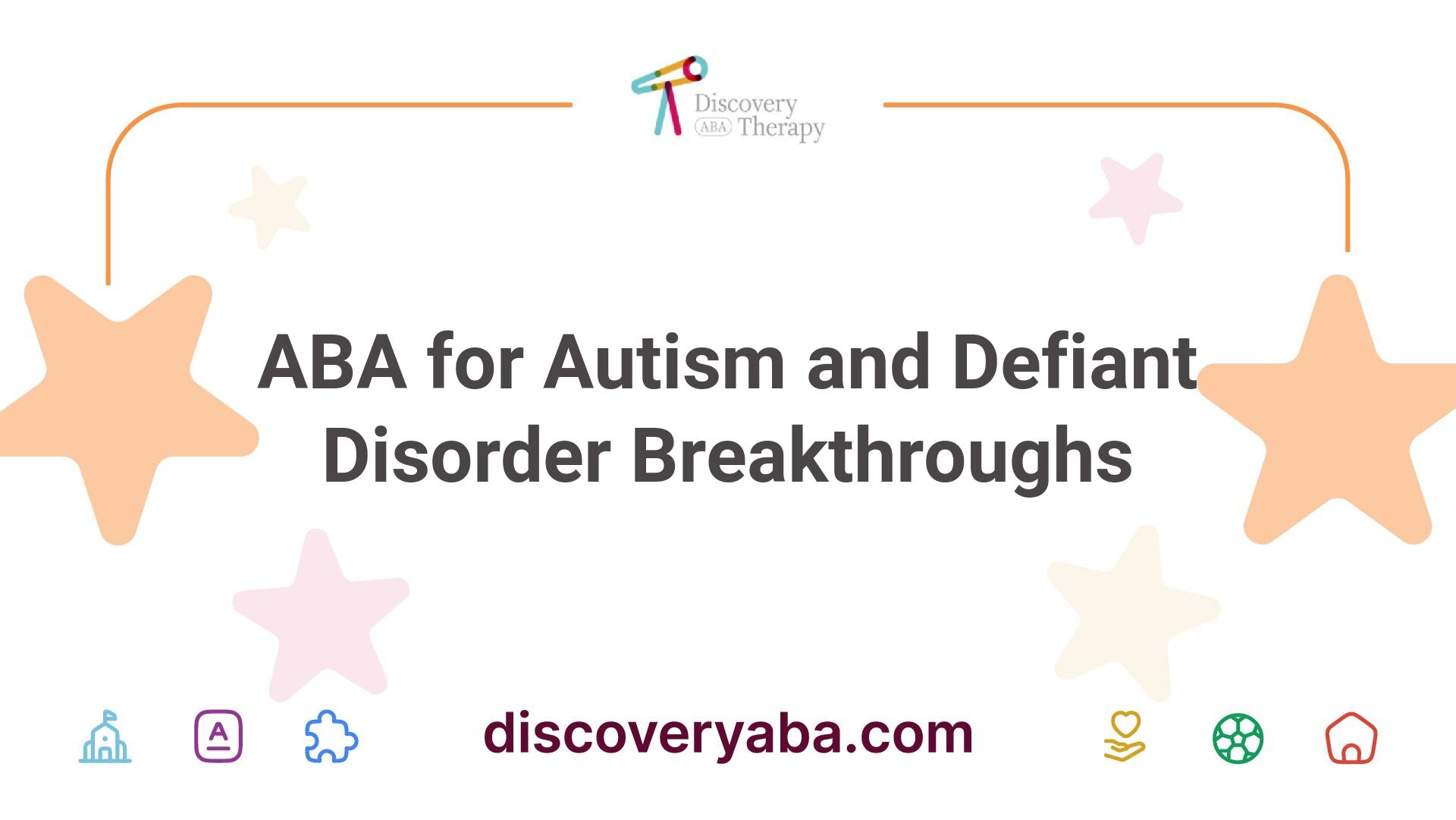
ABA for Autism and Defiant Disorder Breakthroughs

ABA for Behavioral Challenges in Autism

ABA for Picky Eating in Autism

ABA Intervention Techniques

ABA Reinforcement Methods

ABA Session Plans

ABA Strategies for Behavior Modification

Innovative ABA Therapy Activities for Growth
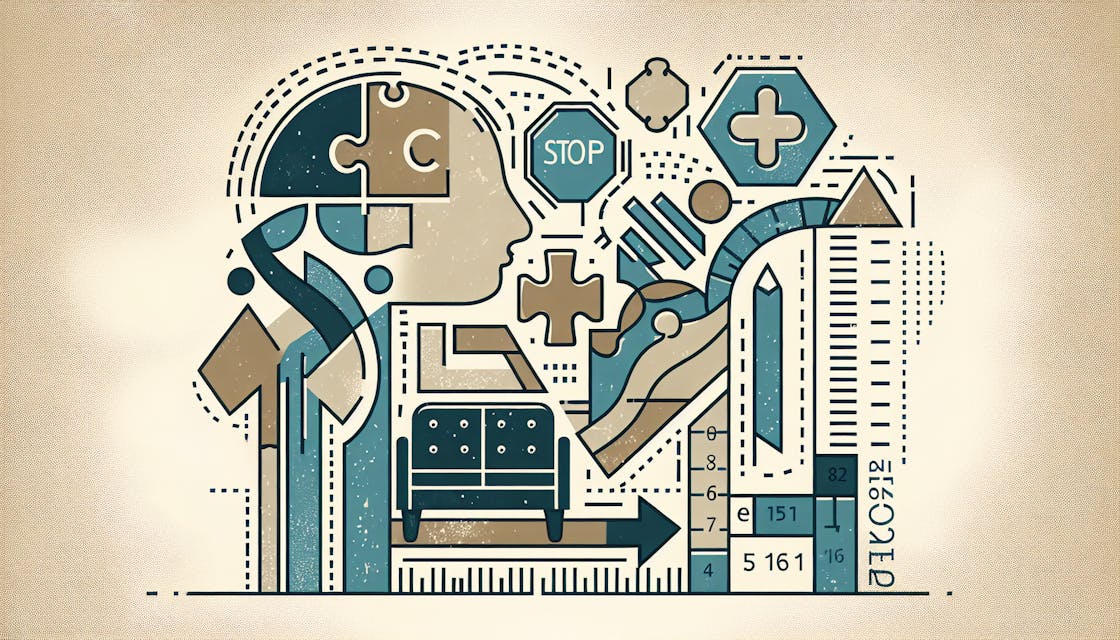
Exploring the ABA Therapy Age Limit Guidelines

ABA Therapy and Behavioral Assessment

ABA Therapy and Developmental Delays
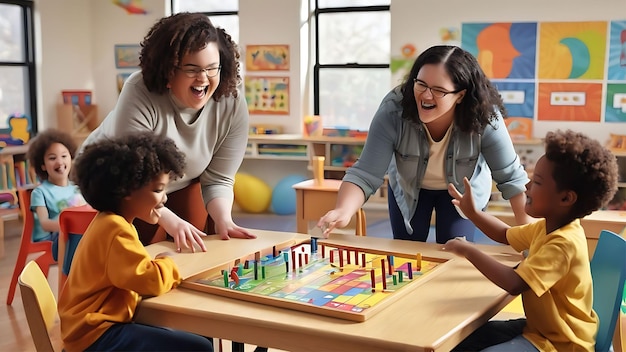
ABA Therapy and Leisure Skills

ABA Therapy and Self Advocacy Skills

ABA Therapy Benefits

ABA Therapy for Autism Behavioral Health Programs

ABA Therapy for Autism Development Centers

ABA Therapy for Autism Treatment Services

ABA Therapy for High-Functioning Autism

ABA Therapy for OCD in Autism

ABA Therapy for Sensory Overload
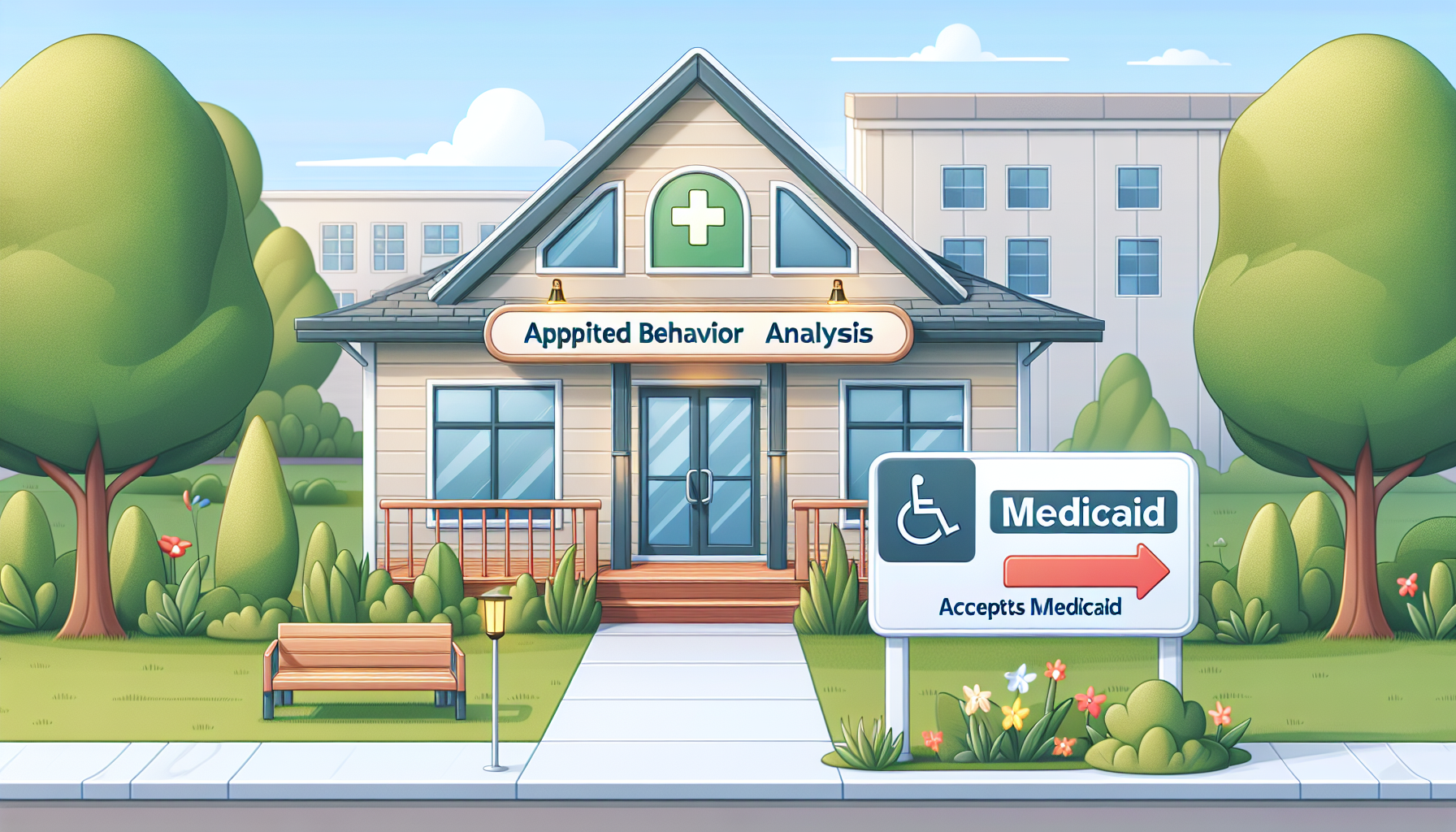
ABA Therapy Near Me That Supports Medicaid

ABA Therapy Online Resources

A Closer Look at ABA Therapy Toys

ABA Therapy Training for Parents Unveiled

Actors with Autism
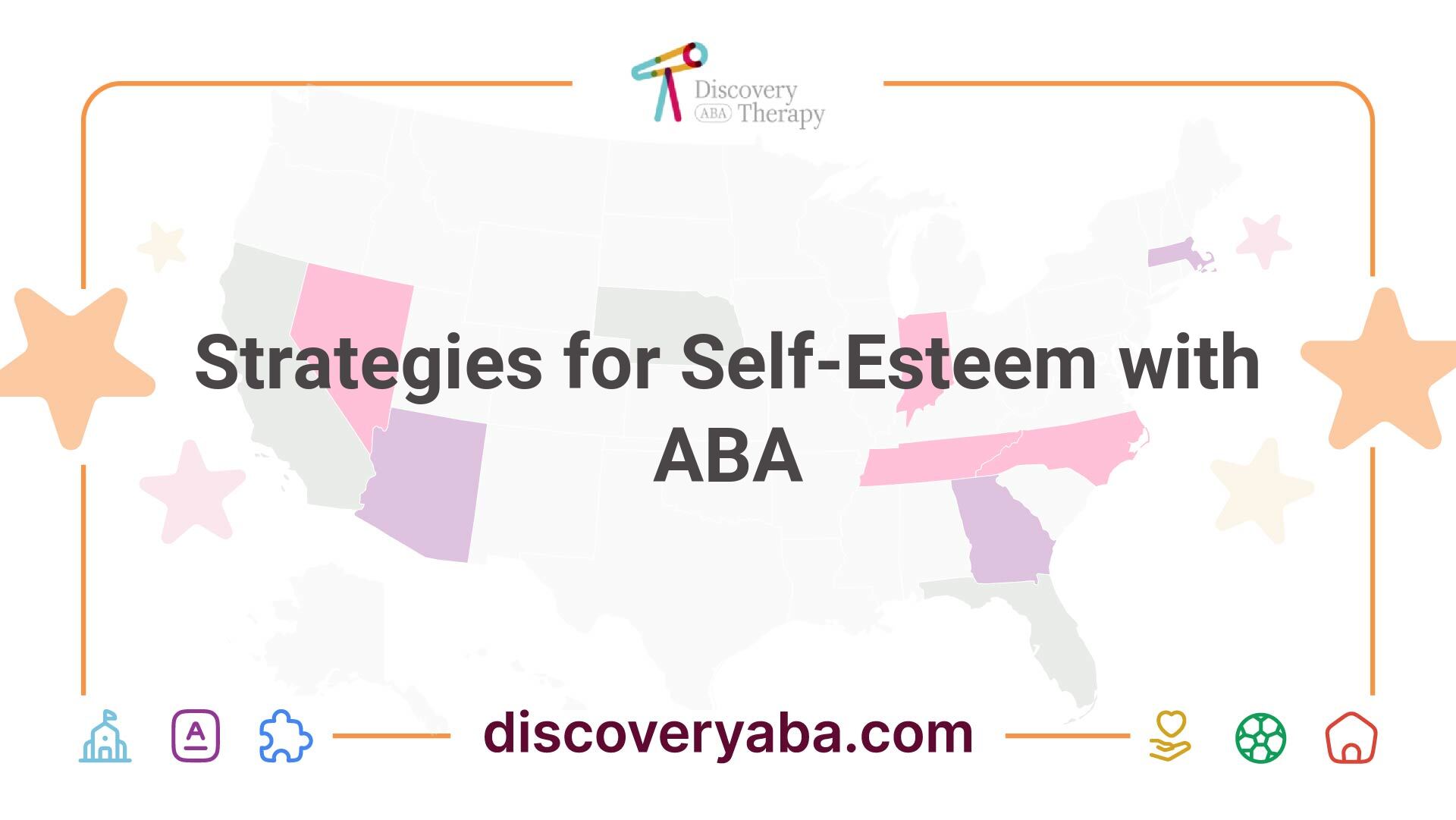
Strategies for Self-Esteem with ABA

Addressing Sensory Aversion in Autism

Addressing Sensory Seeking in Autism

Exploring Autism and Alternative Treatments: Alternative Paths to Progress

Exploring the Impact of Biomedical Interventions on Autism
.jpeg)
Autism And Bipolar Disorder

Exploring Complementary Therapies for Autism

Exploring the Impact of Equine Therapy on Autism: From Horses to Hope

The Role of Postsecondary Education in Autism: Empowering Independence

Autism and Public Speaking

Therapy Animals and Autism Support: From Companions to Healers

Empowering Autism Through Vocational Training: Unlocking Potential

The Healing Effects of Autism Art Therapy
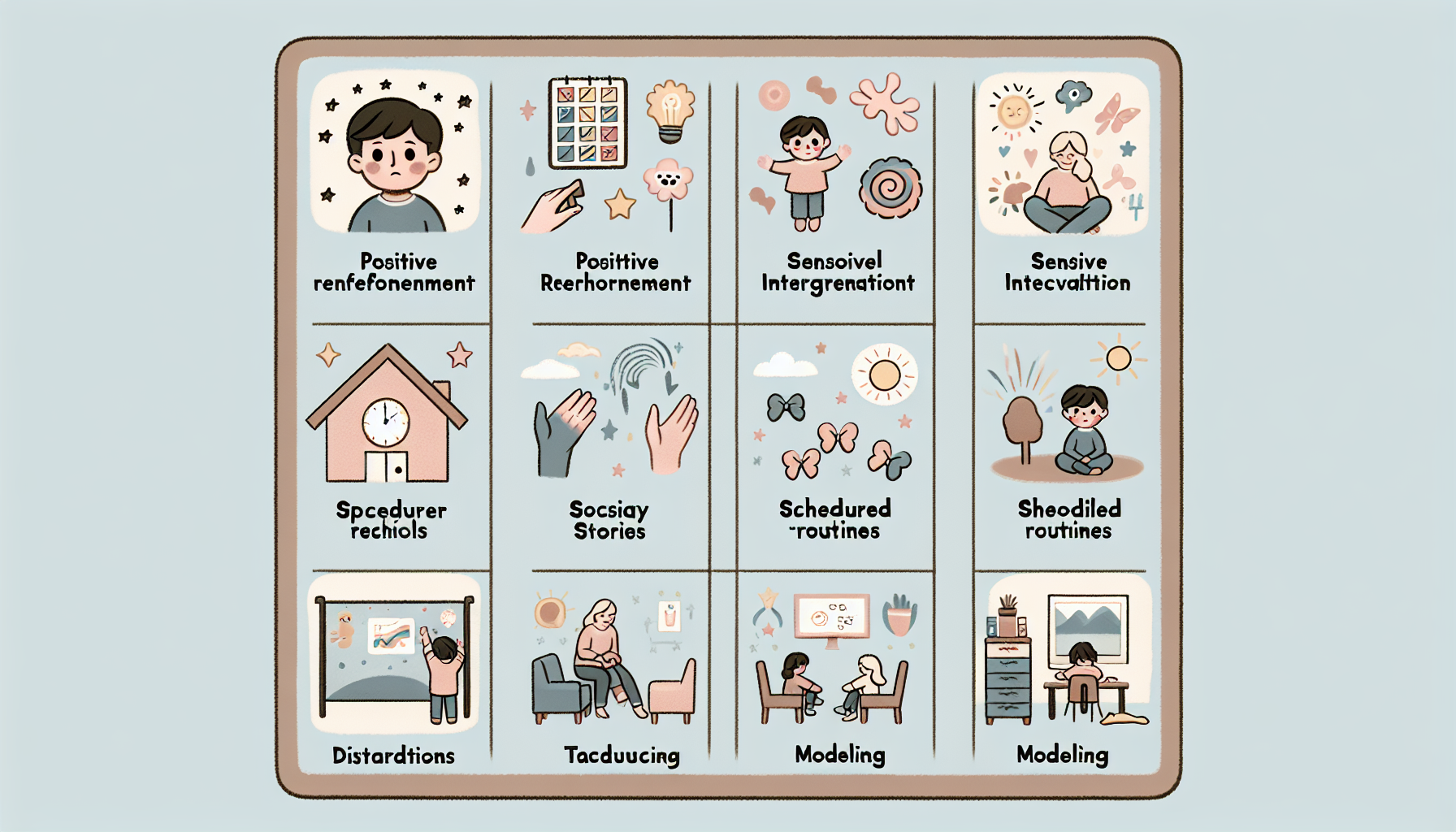
Unlocking the Key: Autism Behavior Strategies for Success

Autism Caregiver Services Near Me in the USA
.jpeg)
Understanding Autism Complications
.jpeg)
Autism Develop Planning and Organizational Skills

Tracking Autism Developmental Milestones

The Key to Understanding Autism: The Diagnosis Code Unveiled

Autism During Pregnancy: Signs & Prevention
.jpeg)
Autism Grants: Financial Support for Individuals

Autism Holistic Support for Well-being

Key Autism Life Skills Unveiled

Addressing Autism Prevalence in the State

The Role of Routine and Structure in Autism
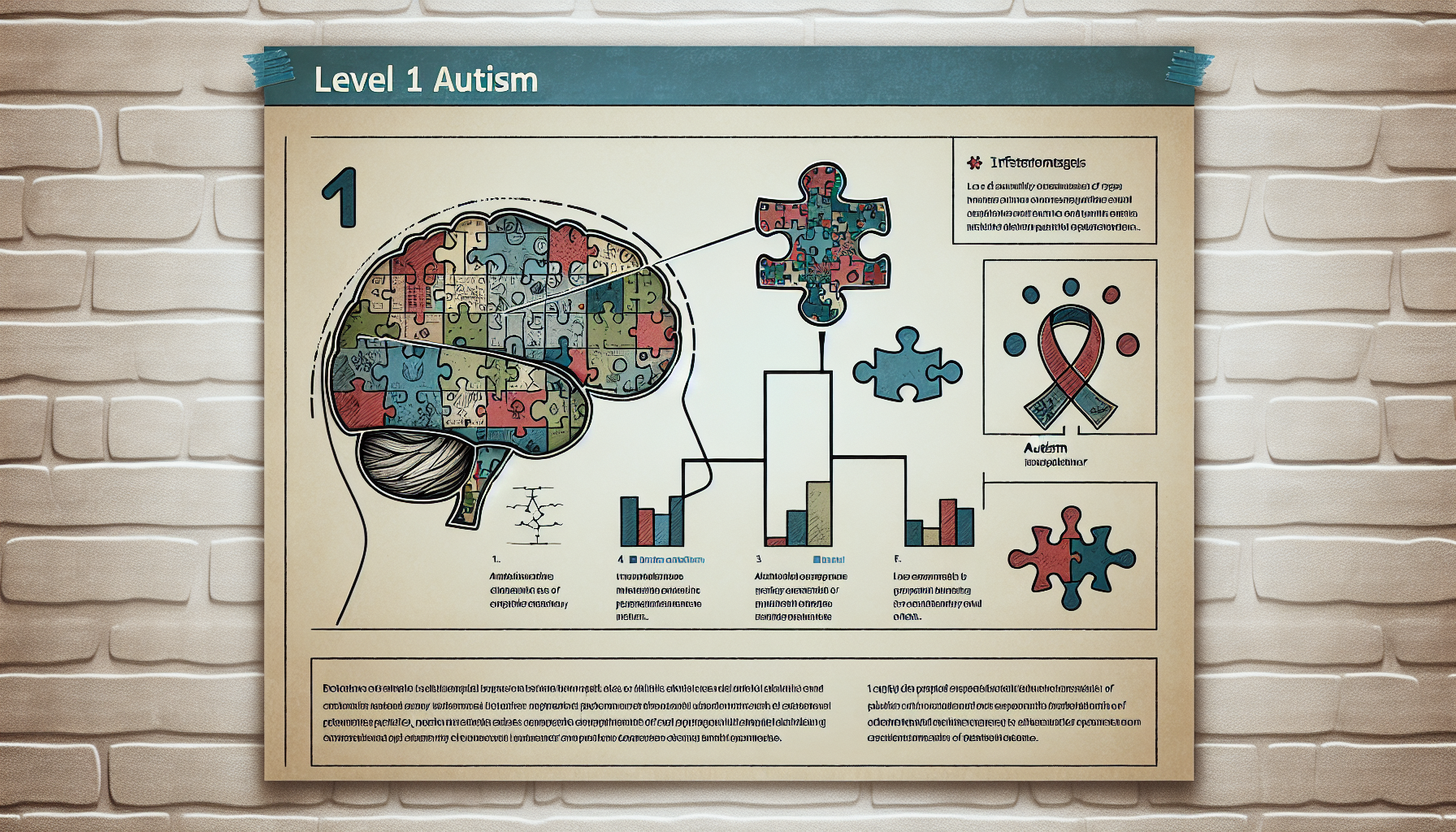
Demystifying Autism Spectrum Disorder Level 1 Symptoms

Silent Struggles: Confronting the Reality of Autism Speech Delay

Understanding Autism Stimming Behaviors

Autism Symptoms in Girls

Best Autism Toys for Toddlers Available

Thriving as an Autistic Young Adult

Is Your Autistic Adult Child Ready to Move Out?

How Art Therapy Benefits Individuals with Autism

Benefits of Music Therapy for Autism

Benefits of Play Therapy for Autism Explored

Navigating the Best ABA Therapy Near You

Borderline Autism in Adults
.jpeg)
Calming Strategies For Autism
.jpeg)
Can ADHD Cause Autism?

Can Autism and ADHD Overlap?
Contact us
North Carolina, Tennessee, Nevada, New Jersey, Utah, Virginia
New Hampshire, Maine
Massachusetts, Indiana, Arizona, Georgia
.avif)

